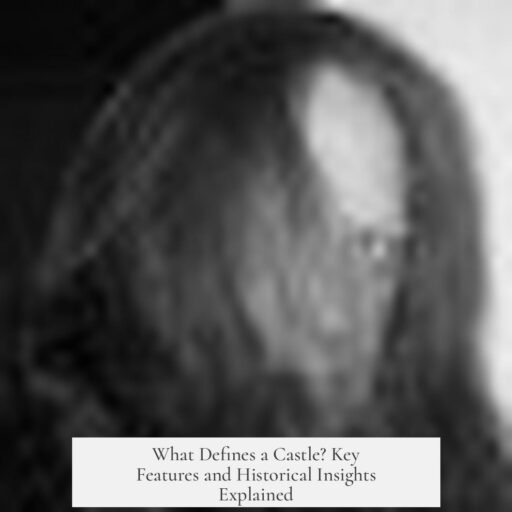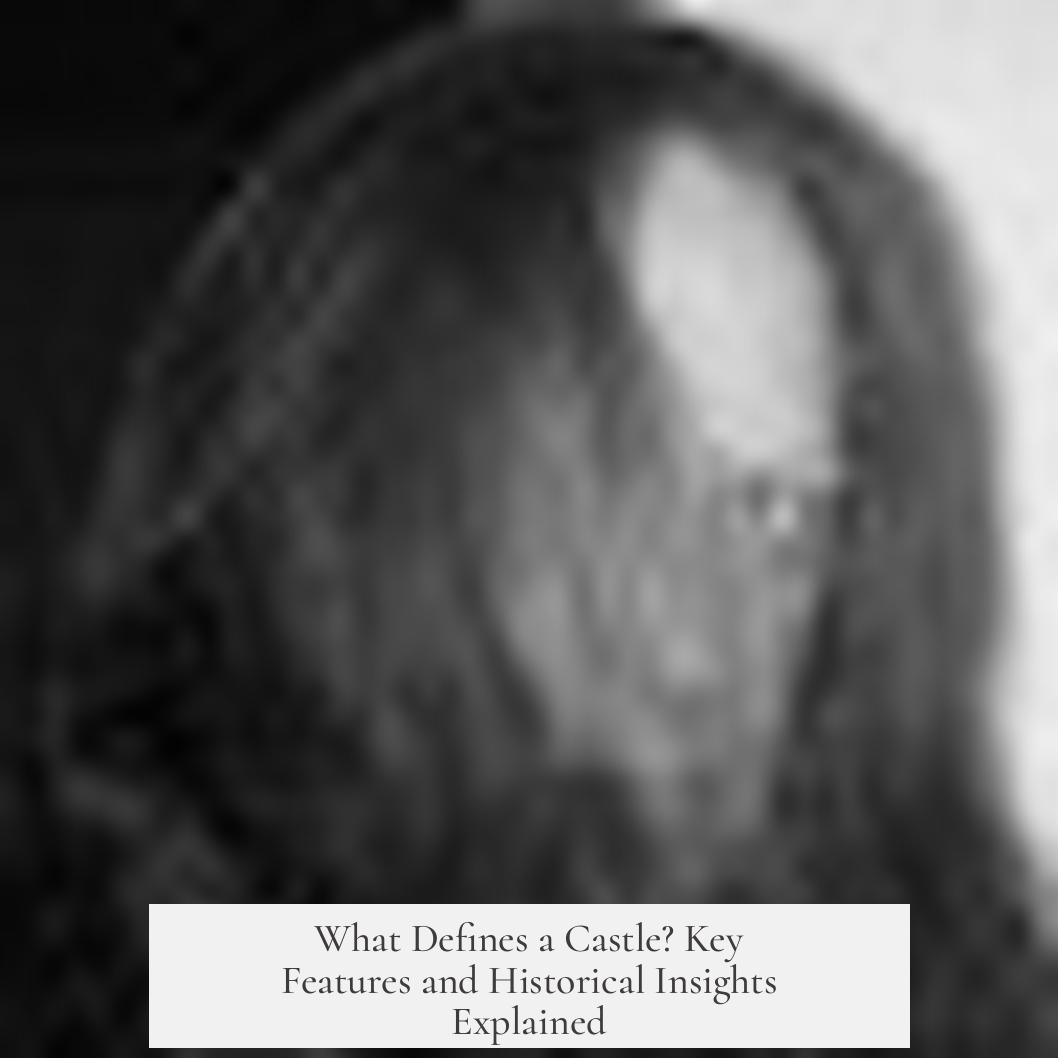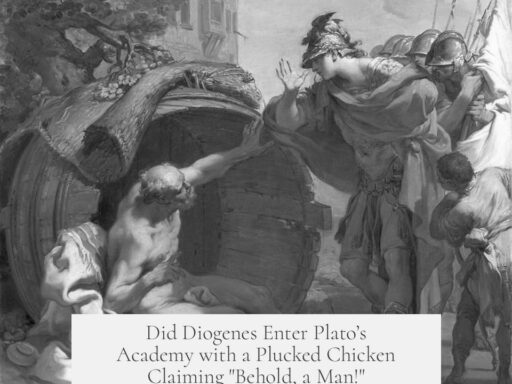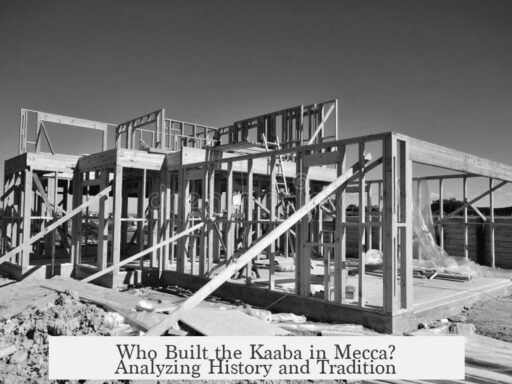A castle is defined primarily by the combination of a central keep and surrounding defensive walls, designed for permanent habitation and defense. It is more than just a fortified structure; it is a living stronghold that balances military and residential functions.
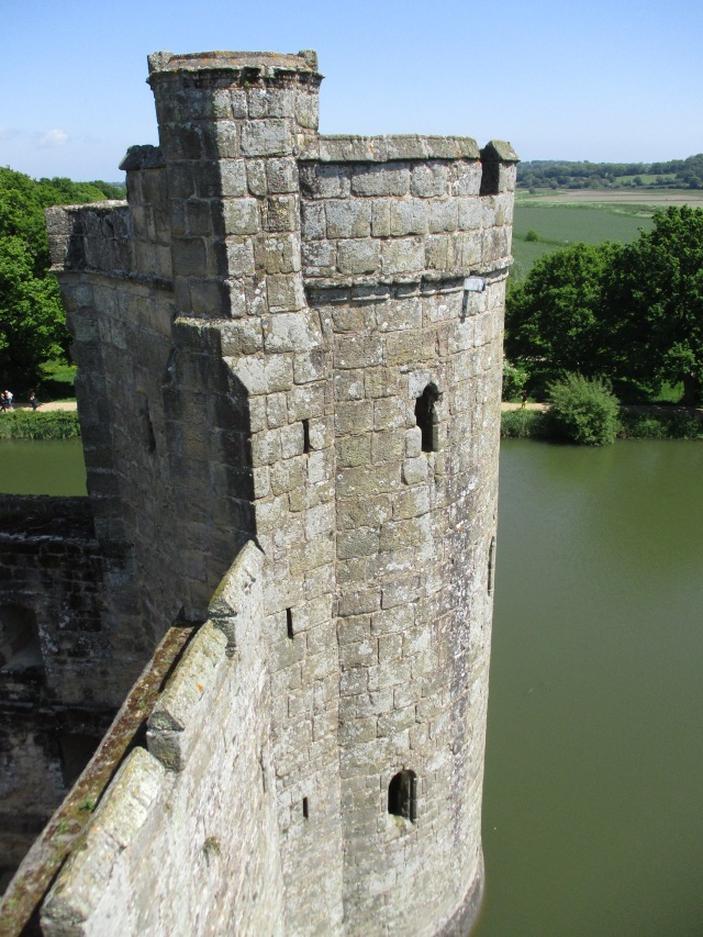
The term “castle” itself originates from the Latin castrum, meaning camp or fort, and its diminutive castellum, a smaller fort or camp. Those who built early castles used these terms interchangeably, reflecting a blurred distinction between forts and castles in ancient documents. However, modern interpretation emphasizes a distinct structure: something more complex than a simple fortification.
Castles differ clearly from other defensive structures such as Iron Age hilltop forts or standalone towers. Hilltop forts rely heavily on natural terrain augmented with earth, stone, or wood. These lack the integrated design of a castle—no central keep combined with a defensive curtain wall. Standalone towers or fortified houses often serve residential purposes but do not have the dual defensive layers that characterize true castles.
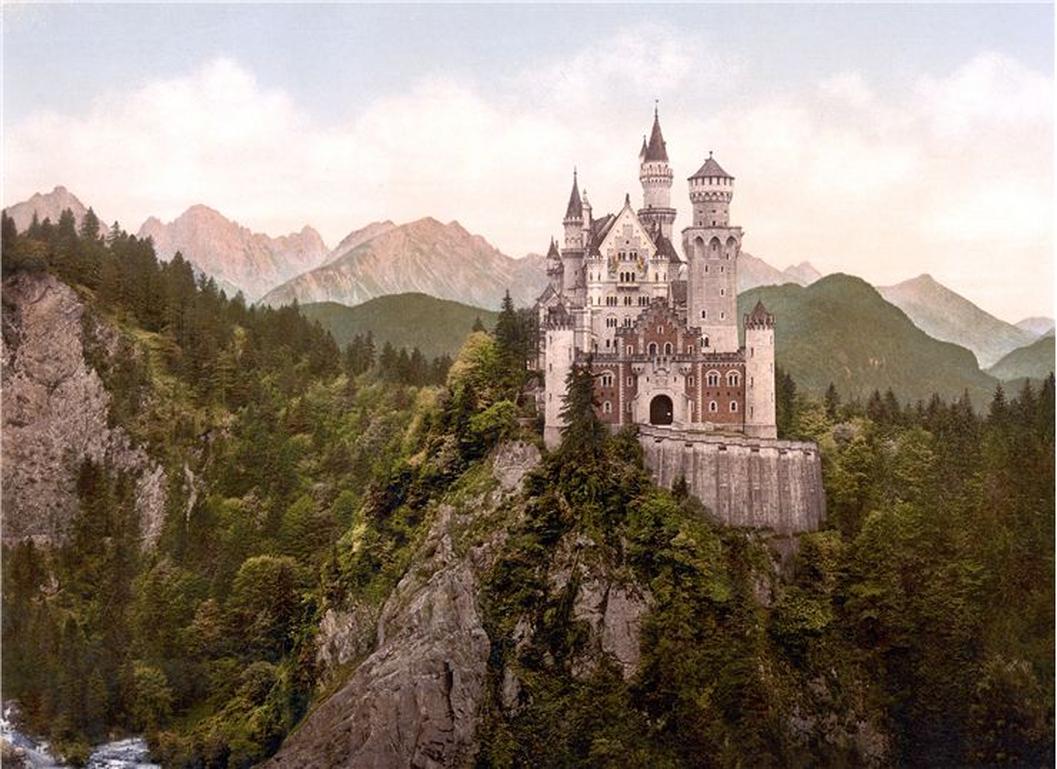
The defining element of a castle is the combination of a keep—a large fortified central building—and an outer defensive wall or curtain. These two defenses create a layered protective system. The keep serves as the last refuge in case the outer wall is breached. This two-layer defense provides depth, making castles more resilient than simple forts or walls alone.
Permanent habitation distinguishes castles from many other defensive sites. A castle hosts a permanent garrison or household, serving both defensive and administrative functions. While other forts or walled towns also have residents, castles are unique due to the central keep’s presence. Walled towns protect multiple buildings but lack this key architectural feature that underpins the castle’s defense-in-depth strategy.
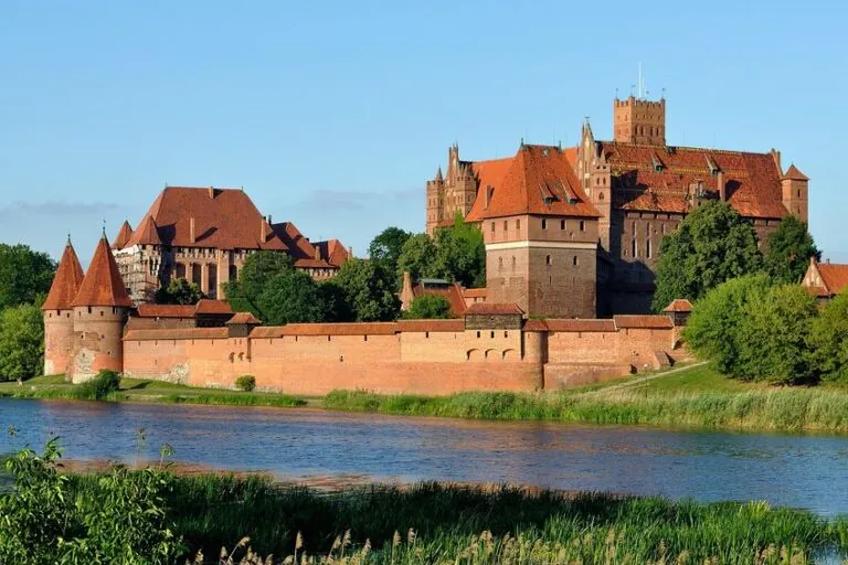
Early castles such as the motte and bailey exemplify this definition. The motte is a raised earthwork with a keep on top, while the bailey is an enclosed courtyard surrounded by walls. This design was prominent after the Norman conquest of England and became a template for many medieval castles due to its effective combination of residence and fortification.
There are ambiguities in defining what qualifies as a castle. For example, a noble’s fortified manor on a peninsula with walls and moats might be considered a castle despite features that differ from typical examples. Likewise, some later castles, such as Renaissance palaces, might lack full defensive features but retain the title for historical or cultural reasons.
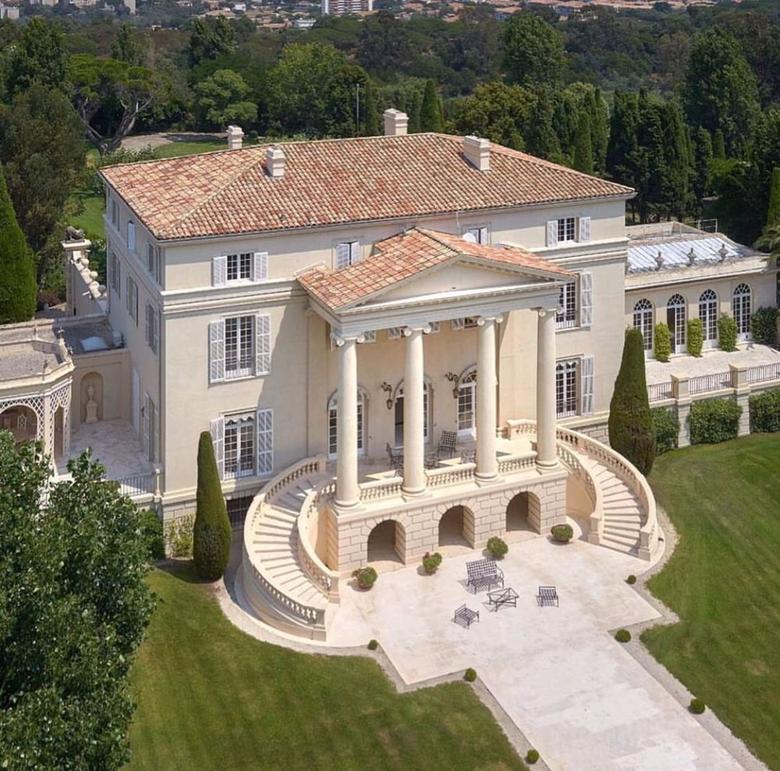
Material choice also varies widely without affecting the definition. Early castles often used timber due to availability and speed of construction, especially in the Baltic and Scandinavian regions. Over time, stone replaced wood in most places, especially at key strongholds. Brick became popular in later medieval centuries as a prestigious and practical material, particularly where stone was scarce.
| Aspect | Description |
|---|---|
| Central Keep | Fortified residence, last defensive position inside the castle |
| Defensive Wall | Outer curtain protecting the keep and inner courtyard |
| Permanent Habitation | Continuous occupancy by a garrison or noble household |
| Materials | From timber to stone and brick, based on era and region |
| Function | Defense, residence, administrative control |
Key takeaways:
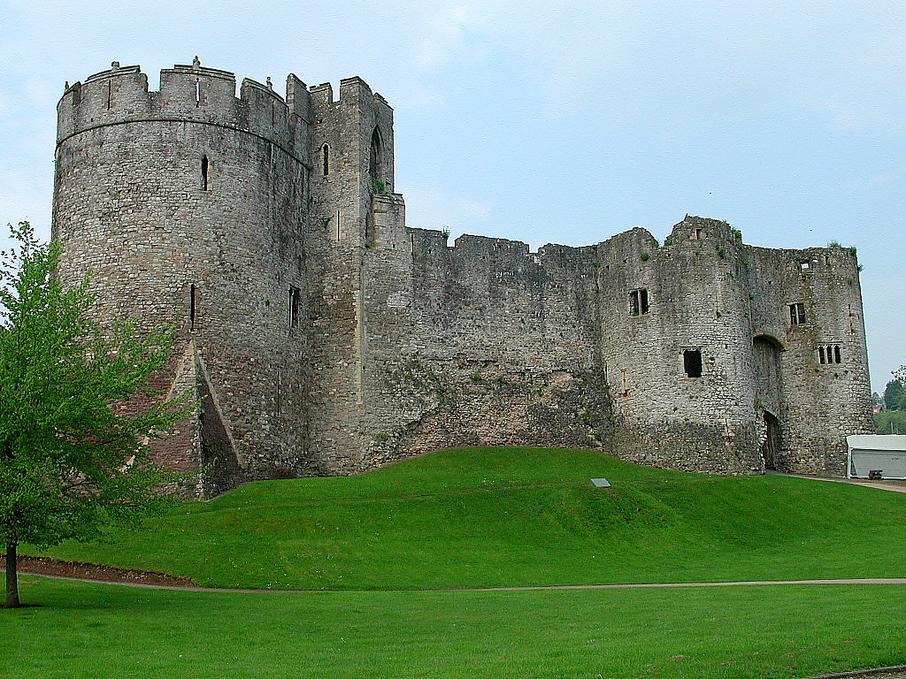
- Castles combine a central keep and an outer defensive wall to provide layered protection.
- They are permanently inhabited strongholds with military and residential roles.
- Hill forts, manors, or walled towns without keeps fall outside the strict castle definition.
- Castle materials and designs evolved from wood to stone and brick based on technological and regional factors.
- Historical and cultural factors sometimes lead to ambiguous or expanded uses of the castle term.
What Constitutes a Castle? The Real Deal Beyond Walls and Towers
If you’ve ever stood before a grand medieval fortress, wondering what exactly makes a castle, here’s the straight-up answer: A castle is primarily defined by the combination of a keep and protective walls, designed to work together as a two-layer defense, and inhabited permanently for defense. That, in essence, separates castles from mere forts, towers, or manors.
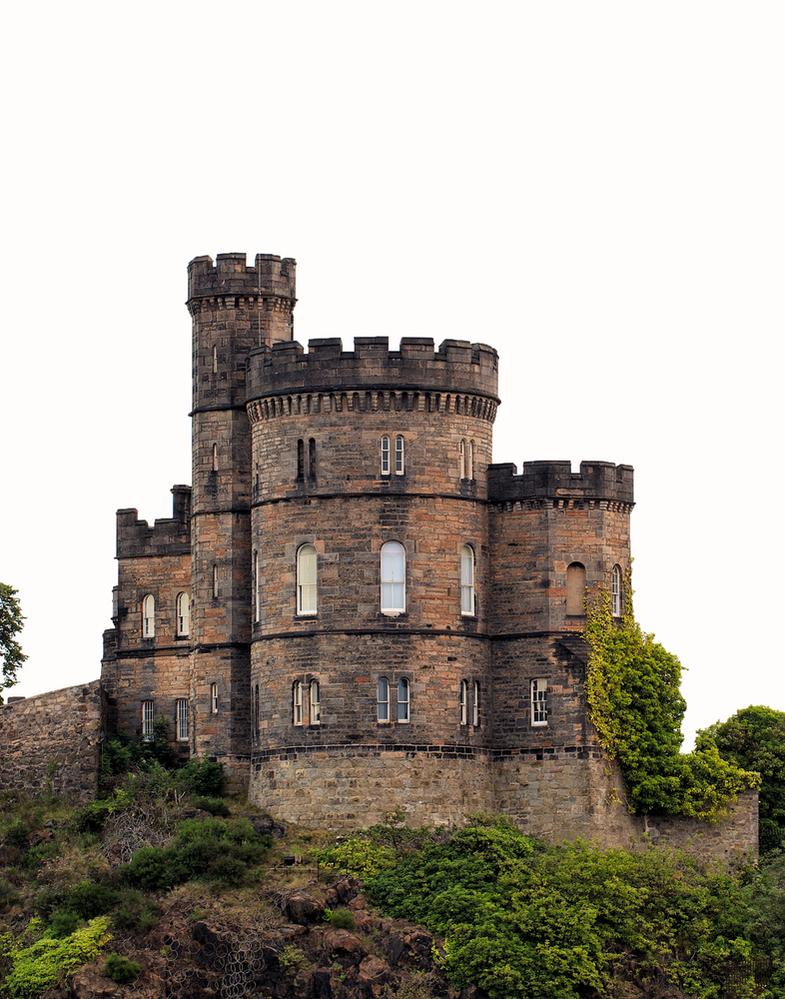
Let’s unpack this a bit more, without the fog of myths or Hollywood exaggeration, and get into the nuts and bolts of what really makes a castle.
The Word ‘Castle’ Is a Bit of a Moving Target
First, please note the term “castle” is a convenient label rather than a precise technical term. It varies dramatically across languages, eras, and cultures. What’s called a castle in one country might be something totally different in another.
The word itself traces back to Latin castrum, which means “camp” or “fort,” and castellum, a diminutive meaning “small fort.” Early builders—Roman or medieval—used both interchangeably. Sometimes, these small forts (castellum) would grow into larger fortified sites (castrum). So, the line between a small fort and a full-blown castle wasn’t always clear-cut from the start.
Castle vs. Fort: Why Hilltop Forts Don’t Cut It
There are many fortified places that are NOT castles, like Iron Age hilltop forts. These are really natural features, like hills or rocky crags, beefed up with earthworks, wood, or stone. Think of a hilltop fort as nature’s bouncer: it’s a simple defensive enclosure without complex architecture.
Hilltop forts tend to be older and less sophisticated, often lacking the crucial architectural combo we find in castles. That’s why historians usually separate these out—the “castle” label usually doesn’t apply.
The Magic Formula: Keep + Wall
So, what’s magical about castles? It’s this defensive combo of a central keep, often a big strong tower, surrounded by defensive walls. The keep acts as a last refuge or command center, while walls provide a first line of defense.
This two-layer system offers “defense in depth,” meaning if attackers breach the walls, defenders still hold the keep. This is the core essence and distinguishing factor of a castle. Pretty much everything we call a castle fits this schema.
Permanent Habitation Makes a Difference
Another true-but-weak point is that castles are usually permanently inhabited by a garrison or lord. This isn’t unique to castles alone; many forts and fortresses also have residents, but castles combine this with that defensive combo.
Walled towns differ: they have permanent residents and walls but lack the distinctive central keep, a focal point that castles famously have. So, a city with walls isn’t a castle; it’s a fortified town, a different beast altogether.
Early Castles: Motte & Bailey Explained
One of the earliest, classic castle designs is the motte-and-bailey. Picture a large earthen mound (the motte) topped with a wooden or stone keep, alongside a fenced courtyard (the bailey). This type spread rapidly with the Norman conquest of England. It was a fast, effective way to impose control—practical and strategic.
This simple two-part structure embodies that core castle idea: a fortified keep backed up by walls or enclosures for added defense.
But Wait—There Are Gray Areas
Not all fortifications fit neatly into this definition. What about a noble who builds a stone manor at the tip of a peninsula, surrounded by moats and walls? Does that count as a castle? Sometimes yes, sometimes no.
In older contexts, nobles often called their fortified stone homes “castrum” even lacking full defensive walls. Also, Renaissance “castles” from the 1600s or 1700s often resemble palaces more than medieval fortifications. They may still be known as castles, largely due to tradition rather than military function.
Materials Matter. Or Do They?
Many early castles started primarily as wooden structures. This was common in the Baltic and Scandinavian regions. Wood was easy to source and build.
With time, stone replaced wood for the more crucial castles—especially those controlling important sites. In the later medieval era, brick made an appearance as a prestige material, particularly in areas where stone was rare or hard to transport, like forested wilderness or roadless terrain.
The takeaway? Castles aren’t material-bound. Their defining feature is the keep + wall combo rather than what they’re made of.
Summary: The Two-Feature Rule of Castles
Let’s sum up: A castle is a fortified site designed for permanent habitation with two main elements—a central keep and a ring of defensive walls. This setup lets defenders trade space for time, holding off an enemy by falling back deeper into defense.
Got a fortified manor without walls? Probably not a castle. A walled town? Not a castle. A standalone tower? Rarely. But a keep with fortified walls? That’s castle gold.
Why Should You Care?
Understanding what makes a castle helps us appreciate these marvels beyond the fairy-tale stereotypes. When you visit ruins or see old pictures of castles, notice those two defenses working together. This knowledge turns casual sightseeing into a mini-archaeological adventure.
Next time someone claims their grand stone home is a castle, ask: “Do you have a keep? And walls?” Now you’re in on the secret.
